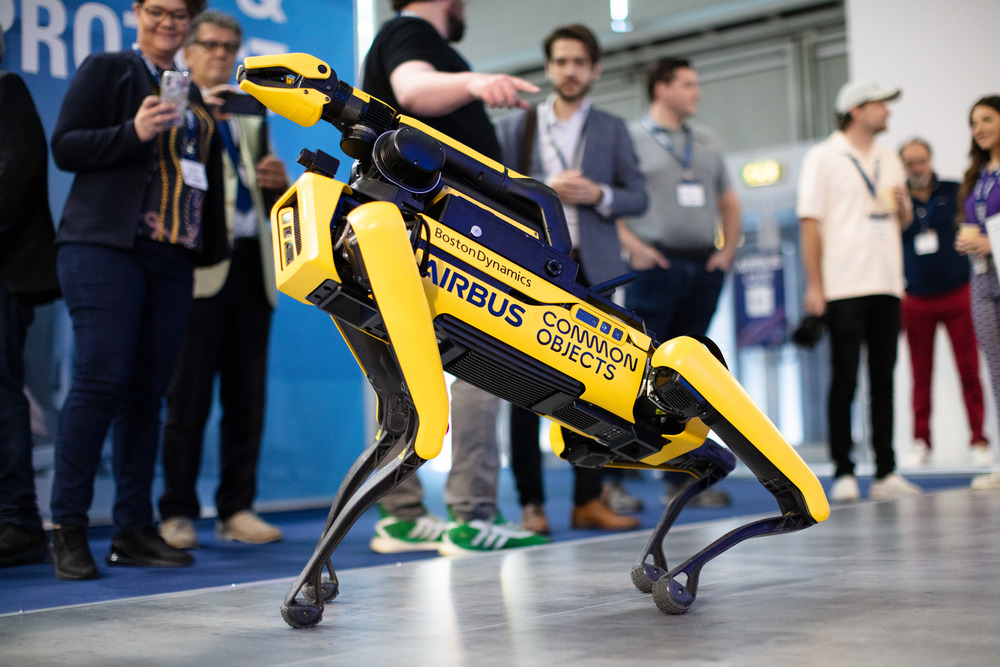In 2010, the world witnessed the Deepwater Horizon drilling rig explosion that led to a fire on the semi-submersible Mobile Offshore Drilling Unit (MODU) located 40 miles (60km) offshore, killing 11 workers, injuring 16, and sinking the platform 4,132 feet (1,259 m) to the floor of the Gulf of Mexico.
The explosion was visible 35 miles away (56km). Despite efforts to put out the fire, it spread uncontrollably and after 36 hours, the platform sank and broke apart causing oil to gush from the ocean floor. The disaster, all told, spilled an estimated 200 million gallons of crude oil over the course of 87 days into the environment.
The pioneering rig had drilled the deepest oil well in history, boring down 35,055 feet (10,685 m) into the ocean floor. The accident turned out to be the largest marine oil spill in world history, causing an unprecedented environmental disaster. As part of the initial reaction to the accident, the U.S. government ordered British Petroleum (BP) to set up a $20 billion spill response fund.
How the Accident Happened
In the wake of the accident, many investigations were carried out to determine the cause of the disaster and find ways to prevent it from recurring. The initial cause of the explosion was the accumulation of abnormal pressure in the marine riser causing a bubble of methane gas to escape from the well, shoot up the drill column and expand quickly, shooting through seals and barriers before exploding. After the explosion, fire quickly engulfed the platform.
A Specific Technical Problem
A BP report suggested the ignition source for the explosion and fire was the release of flammable hydrocarbons injected into air intakes of diesel generators, engulfing the area where exhaust outlets from the main generators were emitting gas. The conclusion was that had the engines been fitted with “automated combustion inlet shutdown valves,” diesel engine ignition could have been prevented, perhaps avoiding sinking of the platform.
According to industry sources, “automated valves” are a precautionary technology common in the North Sea, Asia-Pacific, India, West Africa, and Australia, but rigs in the Gulf of Mexico are notorious for the minimal adoption of preventative technology and companies using simple brass valves with manual levers run the risk of serious mishaps.
Automated Valves Can Prevent or Mitigate Disaster
A U.S. company, Bi-Torq Valve Automation, a worldwide leader in the valve industry, recently added “Paladin Automated Ball Valves” to their lineup that includes hundreds of types of valves. Paladin valves are controlled by an actuator that turns them off and on using a control system automated by a Programmable Logic Circuit (PLC). The control system is programmed to make a decision based on environmental variables it monitors, such as temperature. Even when there is a blazing fire, these valves are CSA/UL certified to operate reliably and are API 598 and API 607 certified.
The Paladin Automated Ball Valve can be easily installed on pipes transporting fuel or chemicals. They can also be used in fire suppression pipes transporting water or fire suppressant. The Paladin valve can do anything the control system tells it: open, close, open halfway, and so on. There is a “clutchless” override for access to the valve in an emergency. The system can be installed with minimal wiring of the actuator for ease-of-use and long-term automation. Finally, the Paladin is a Direct Mount actuator so there is no need for expensive mounting kits and retrofits are easy.
Bi-Torq provides its wide array of technologies for generator systems, bulk uploading, chemical manufacturing, paint and solvent applications, oxygen lines, and marine fuel systems. These environments typically include heavy vibration and other environmental factors that require extremely reliable UL actuators, backup batteries, fire safe valves, secondary seats, minimal wiring, high reliability, and clutchless override.
For more information on Bi-Torqs valves visit http://www.bitorq.com.







